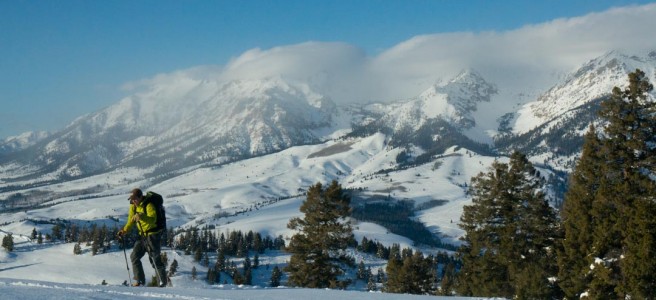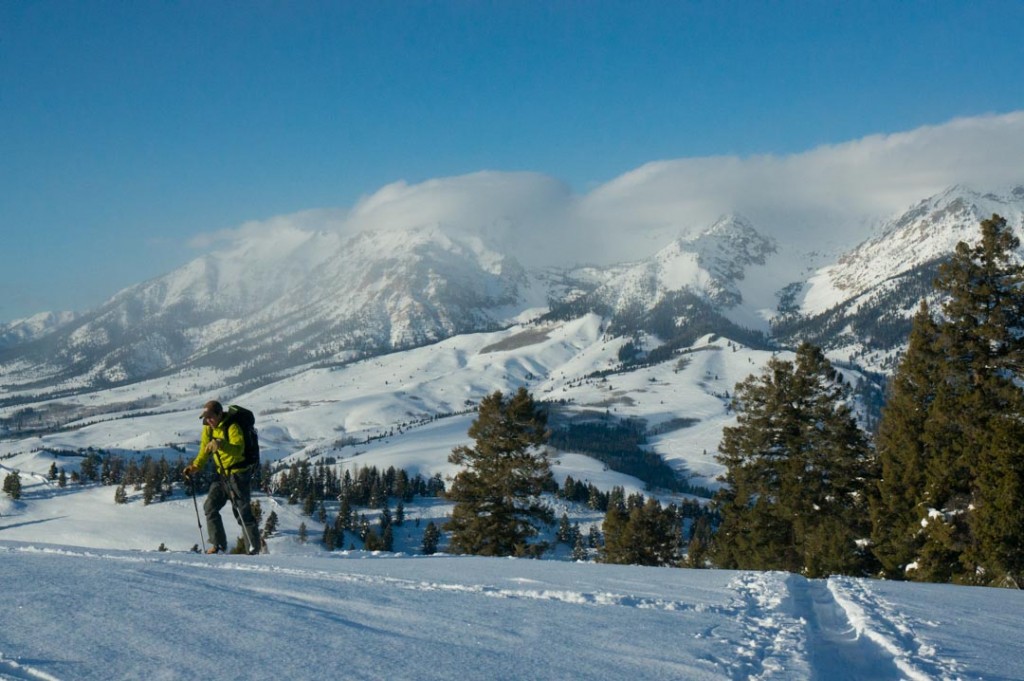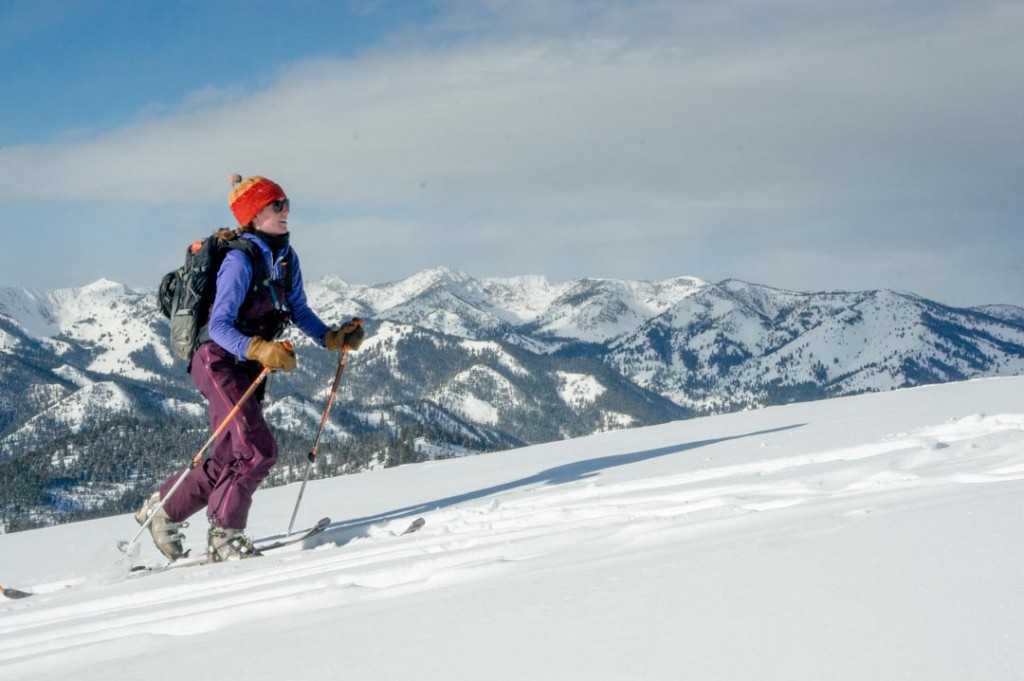New snow means new beginnings. The tracks of last weekend are not so different from workplace angst; we leave them behind for a few days once a week to recharge and recuperate. A fresh blanket of snow is the incarnation of opportunity. You, the backcountry skier, are unbound by roads and trails, and have absolute power over where you go.
The freedom can be intoxicating, but I’m here to remind you that with great power comes great responsibility. And so I would like to cover a few guidelines for skintrack etiquette.
- The Skintrack* is an Extension of your Manhood – If you only learn one thing from this guide, learn this: The skintrack is an extension of your manhood. Not comfortable hucking a 30 foot cliff into breakable crust? That’s ok. Don’t quite feel like pulling 5 Gs as you carve out of that steep couloir? Don’t sweat it. As backcountry skiers we spend 90% of our time walking uphill, and so that’s clearly the best time to demonstrate our innate superiority over our partners.
- Set a Steep Skintrack – You should always set a skintrack along the steepest grade possible. This is generally directly up the fall line, but occasionally requires short, squiggly switchbacks. Be sure to utilize every heel riser available and disregard the people behind you slipping backwards on the now icy track. Remember, setting a steep skintrack is a sign of unbridled masculinity, and it’s well documented that the steeper your uptrack, the more women will want to mate with you.
- Never Share the Work – Breaking trail is significantly more difficult than hiking along an established skintrack. In some cultures it is considered acceptable to share this work, and take turns on the front. Well, my friend, some cultures approve of sister-dating and cannibalism, too. You should never relinquish the front of the line, as doing so is an act of weakness. If you bonk at noon and force the group to turn back early, that’s merely a show of your enthusiasm for the dawn. Good form.
- Make Your Own – If you make the all too common faux pas of skiing with someone less manly than you, you may find that they set a skintrack differently that you might have. Best practices suggest that you should diverge from their path and set your own. This is the best way to identify yourself as an ideal mate to members of the opposite sex if you don’t happen to be currently breaking trail.
- Step on the Tails – Another option for demonstrating your superiority is to walk on the tails of the person in the front. Disregard the fact that walking in the front is much harder. Actually . . . don’t disregard that. Use it to your advantage. Be sure to walk on the ski tails of whomever is breaking trail. This will disparage their fitness and discourage them. When they step to the side it will allow you to regain your rightful position in the front.
- Show up Hungover – Occasionally, you will ski with someone who is in better shape than you. Under normal circumstances this would be a sleight to your social status, and the best way to head it off is to drink 15 beers the night before you meet up for a big day in the mountains. A hangover is the get out of jail free card for a lackluster performance on the skintrack. If you sufficiently poison yourself the night before a day of skiing, just making it to the trailhead amounts to a victory over your peers. Nevermind that you’re a liability in the backcountry, those haters can only aspire to the glory of your single handed 1:59am Fireball shot ski.
- Pee in it – The last ditch effort toward inflicting yourself on the backcountry experience of your party: take a piss on the skintrack. Sure, you could have stepped to the side, or at least pointed out of the way, but that’s the kind of move that Jack McCall or Robert Ford would have pulled. Not you. You’re a real outlaw. Damn convention; damn the man. You pee on that skintrack and let the world know that you’re a force to be reckoned with. If you do it right, they’ll smell the Hamm’s on it a mile away.
*Skintrack (n) – The route and means by which a backcountry skier or snowboarder ascends a slope. It is done by affixing climbing skins (originally made of moose or elk skin, but now usually crafted from nylon) to the bottom of the ski to provide traction against the snow.



